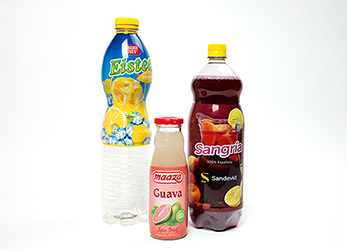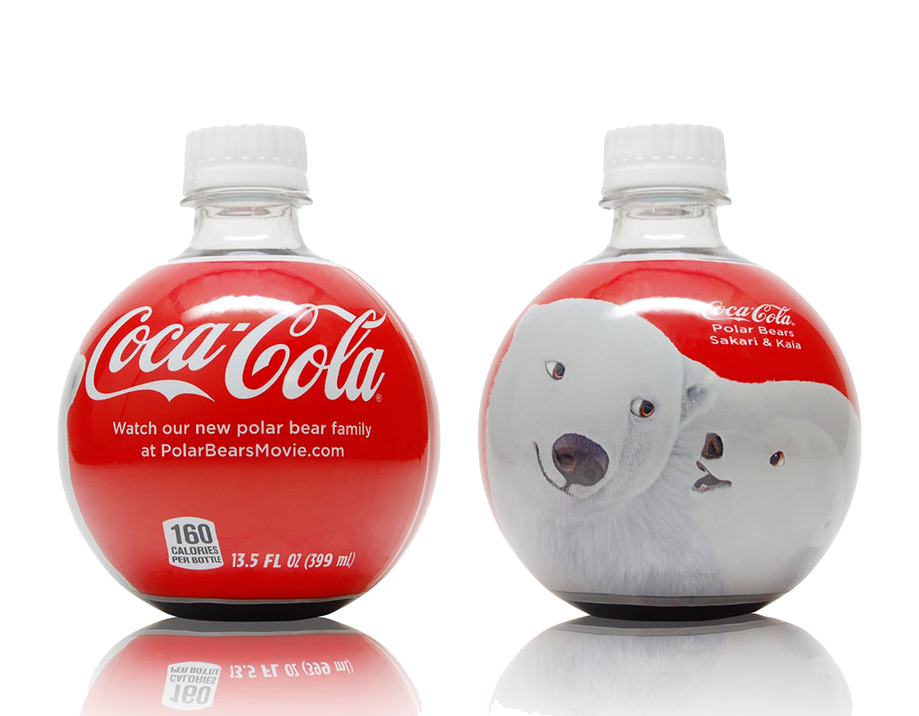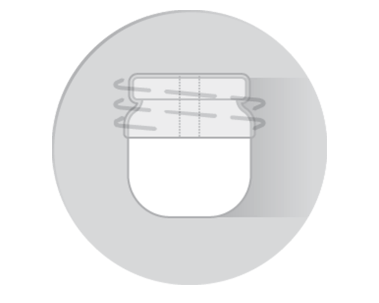Plastics are not as simple as you might think. Every one of them is different from the others. Take the nearest plastic product to you and study it closely and you may find a number on the back or bottom of it. You guessed it, that number indicates the type of plastic this product is made of. HYF gives you an overview of the specific classification of plastics.
PET is also known as wrinkle-free fiber. PET is mainly used for food and beverage packaging purposes because of its strong ability to prevent oxygen from entering and damaging the product inside. PETG shrink film has a wide range of uses, such as labeling with Sleeve.

As the most common plastic on the planet, polyethylene can be manufactured in different densities. Each different density of polyethylene gives the final plastic its unique physical properties.
Low density polyethylene (LDPE) is malleable and can be used to make products such as shopping bags, plastic bags, clear food containers, and disposable packaging.
High-density polyethylene (HDPE) film is stiffer than LDPE and is used in products such as plastic bottles, water and sewer pipes, skis, boats and folding chairs.
PVC is commonly used in toys, blister packaging, cling film, detergent bottles and medical tubing. PVC is the third most produced synthetic plastic polymer and can be manufactured to have either rigid or flexible properties. It is known for its ability to be blended with other materials. The low cost of pvc shrink sleeves is a plus for most manufacturers and helps us provide lower rates to our buyers.

Polypropylene is harder and more heat resistant and is widely used in hot food containers. Its strength qualities are between those of LDPE and HDPE. In addition to being used in thermal undershirts and automotive parts, PP is also included in disposable diapers and sanitary napkin liners. Like LDPE, PP is considered a safer choice for food and beverage plastics.
Polystyrene (PS) is the polystyrene foam we typically use for food containers, egg cartons, disposable cups and bowls, packaging, and bicycle helmets. ps has a very low recycling rate.
All plastics other than those identified above are "other". ABS resin, for example, is highly processable and impact resistant, and is commonly used in the automotive and refrigeration industries. PLA (polylactic acid) shrink film, for example, is a compostable bioplastic derived from renewable materials rather than petrochemicals, helping to reduce greenhouse gas emissions and post-consumer waste.

We hope you now know what types of plastics to use for food and beverage containers, and which ones you may want to avoid due to low recycling rates. Don't forget to sort your waste responsibly. Don't mix organics with non-organics; separate glass from paper and plastic. It will help the recycling process! Now contact us to get the films you want.
Copyright © HUBEI HYF PACKAGING CO., LTD. All Rights Reserved | Sitemap
| Powered by

SEOKeywords:Shrink Wrap Film Customized Biodegradable Shrink Film Pvc Shrink Film Rolls Flexible Packaging Film Petg Shrink Film Properties Custom Printed Shrink Film High Shrink Petg Shrink Film China Pvc Shrink Wrap Film Shrink Sleeve Plastic Label Films Shrink Sleeve Packaging Pvc Shrink Film Manufacturing Process Pvc Super Clear Shrink Film Heat Shrink Film Roll Pvc Shrink Film For Bottle Label Price Shrink Wrap Uses China Shrink Film Pvc Clear Shrink Film Printable Shrink Film Plastic Shrink Film